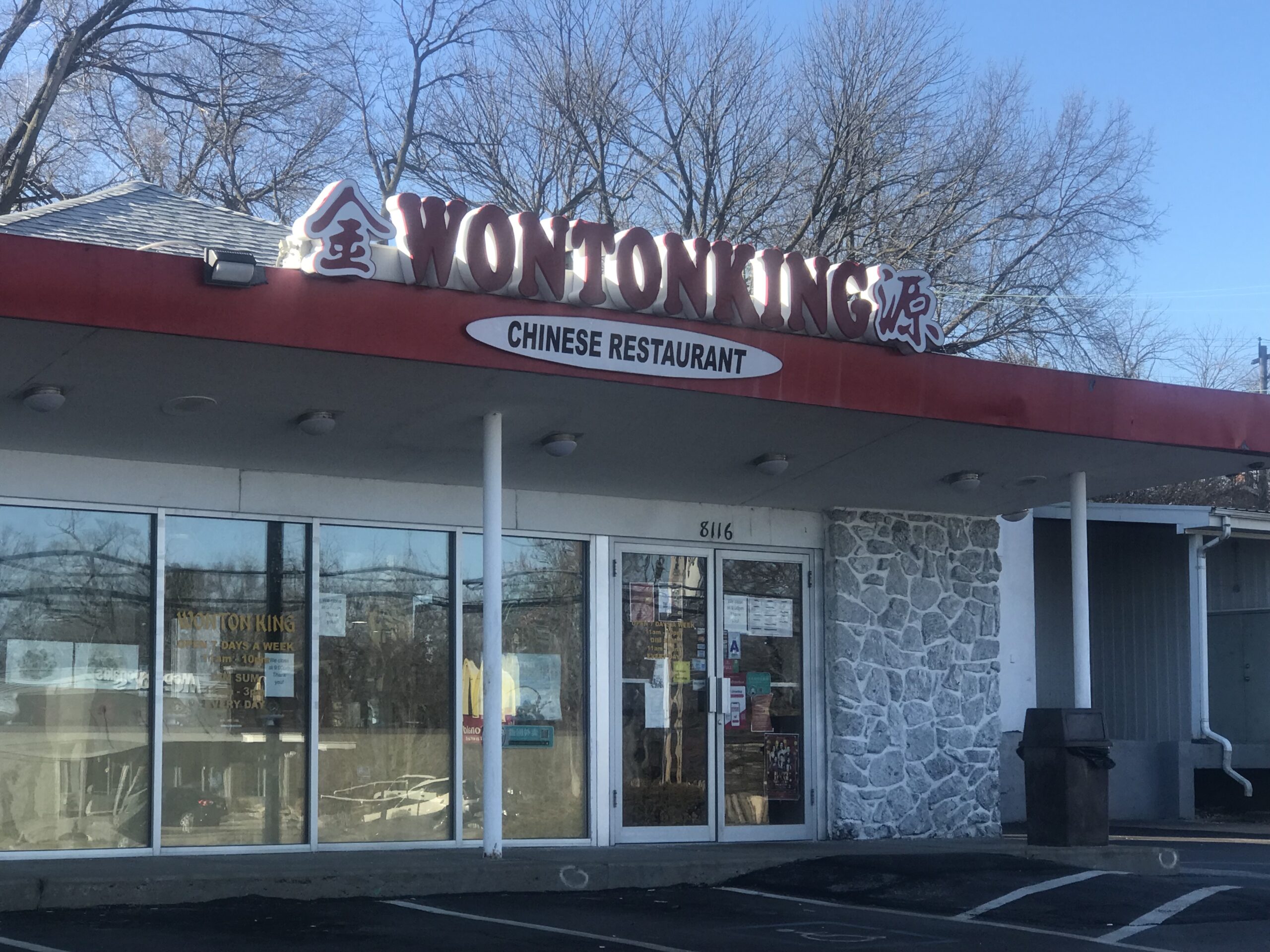The Future of Restaurants – Currently, more restaurants are opening than are closing. Is this a good thing?
ST LOUIS, MO (StLouisRestaurantReview) The Future of Restaurants – Restaurants provide memorable dining experiences that go beyond what can be achieved at home. Restaurants can serve many purposes, ranging from gathering places for families to celebrate special occasions to conference rooms where business deals can be discussed over lunch.
Some restaurants specialize in food, while others have specific themes, such as cafeteria-style dining or novelty dishes. The restaurant industry is highly competitive and demands full commitment from owners.
Lack of Staffing
After the pandemic, many restaurants attempted to move away from delivery and third-party ordering to provide customers with their typical dining experience, but a lack of staff prevented this.
Finding and keeping cooks, servers, and cleaners was difficult for them; many experienced the loss of regular income, while those hired saw their hours increase further, making it even harder for them to make time for other activities.
Turnover in the restaurant industry has been unprecedented and may take years to return to pre-pandemic levels. Some attribute it to fears associated with COVID-19; however, others see higher unemployment benefits and competition from other industries as major causes for concern.
Many restaurants are struggling to meet guest expectations, which is leading to decreased customer satisfaction and costs due to limited staff. To lower labor costs, some are cutting menu items that require less staff for preparation and cooking; this strategy may reduce sales but make it hard to turn a profit. Others utilize software like Black Box to manage labor costs and staffing and ensure there are enough workers at each point during service delivery.
Many Restaurant Failures
Establishing a restaurant can be challenging. Unfortunately, most new establishments fail within their first year, and over 80 percent shut down by their fifth anniversary. Although no single reason can explain restaurant failure, many issues that plague the industry can be avoided with proper planning and strategies.
Sometimes, restaurateurs lack experience running their business and fail to recognize red flags that signal trouble for the operation of their establishment, leading them to ignore key indicators that the business may not be operating optimally and leading them down an irreparable path that leads directly into disaster.
Failure of restaurants often stems from mismanaging costs and profits. Owners need to know their food costs, labor expenses and overall financial picture to effectively oversee these expenses – this requires careful planning and organization on behalf of management.
Restaurant owners must count inventory, calculate cost-of-goods-sold figures, and monitor supplies spending to ensure they do not overspend on unneeded items or waste money on certain ingredients. This will prevent overspending on unneeded purchases that cost too much money.
Customer feedback should also be considered an indicator that an establishment may be struggling; when negative reviews begin to surface without response or resolution from management, that can be seen as an early warning sign that their establishment could soon go under. A restaurant owner should strive to find ways to keep his or her customers coming back – not try to push them away altogether!
Running Your Business From Home
Restaurant ownership comes with significant overhead expenses and demands that employees spend most of their day standing, which may strain both bodies before leaping. It is wise to carefully consider these aspects before taking the plunge.
One of the great joys of restaurant ownership is creating something you truly care about every daygenuinelyile corporate work may pay better, but having full control of every aspecompletefrom menu selection to working hours can be immensely satisfying.
One advantage of owning a restaurant is being able to give back to your community through charitable activities, like sponsoring local Little League teams or hosting fundraisers for homeless shelters. Communities appreciate businesses that give back and will show their gratitude by frequenting your restaurant more frequently. This will help you build up sales revenue while building up customer relations, which in turn will increase revenues and profitability.
The Future
Technology innovations, automation, and social responsibility will shape the future of restaurants. However, labor will pose their greatest challenge, with tight labor markets and rising minimum wages forcing restaurant owners to find ways to reduce operating costs without cutting staff or shifting employees’ duties to different roles.
Consumer preferences and new business models will also influence the future of restaurants. Many customers are now seeking out healthy and ethically sourced foods as well as experiences that offer a sense of place; restaurants may partner with museums or spas to provide customers with multi-sensory experiences that allow them to learn while eating at the same time.
In the long term, restaurants that understand and adopt new technologies will gain a competitive advantage over those that don’t. New technologies allow restaurants to personalize menu items while increasing operational efficiencies and customer ordering processes; plus, they help reduce labor requirements, which saves costs and labor expenses; however, it is crucial for these establishments to strike a balance between automation and human interaction to maintain excellent customer service levels.
A great resource for this topic is the National Restaurant Association.


















